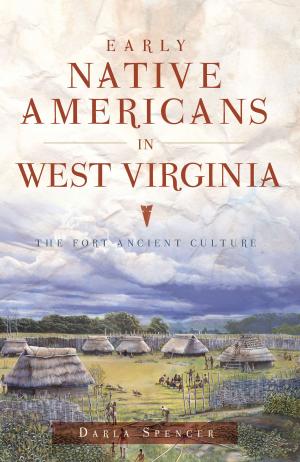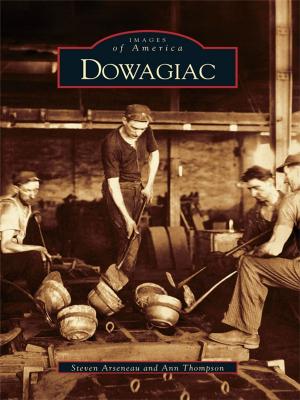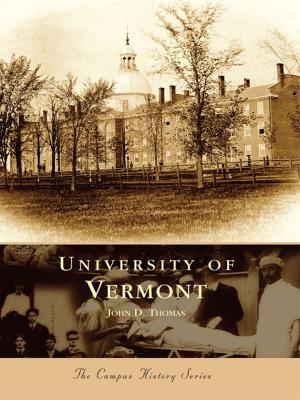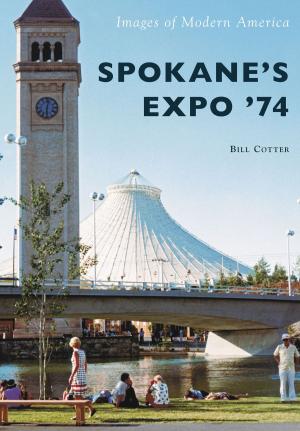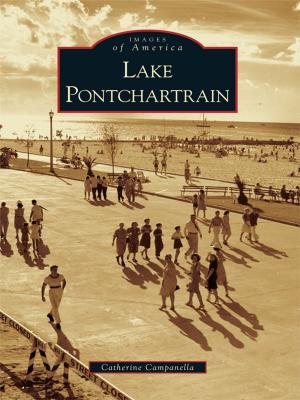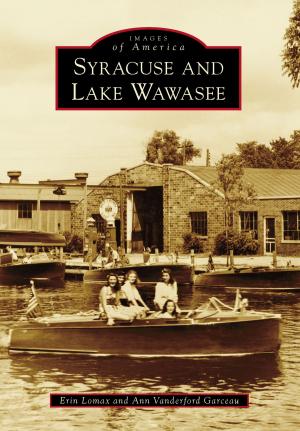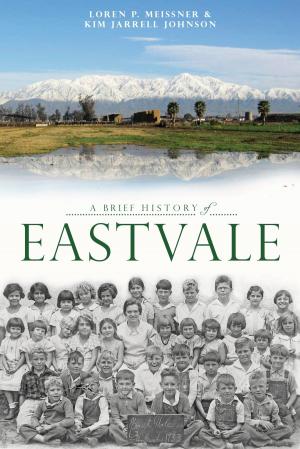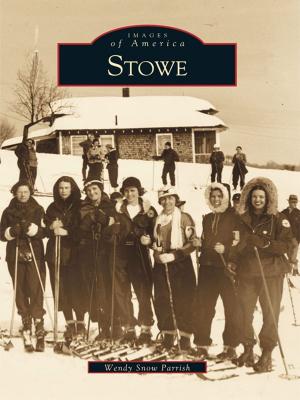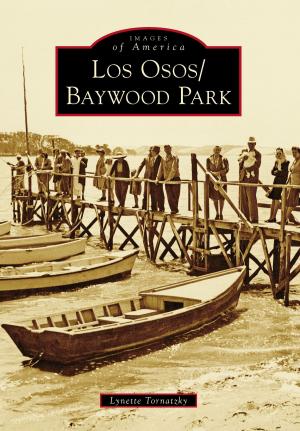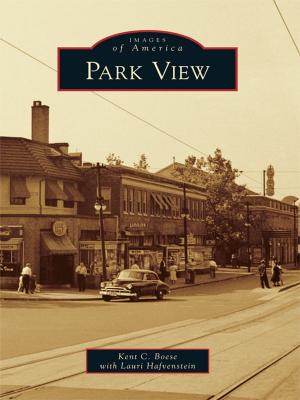Lakeland
African Americans in College Park
Nonfiction, Art & Architecture, Photography, Pictorials, History, Social & Cultural Studies, Social Science, Cultural Studies, African-American Studies, Fiction & Literature, Literary Theory & Criticism| Author: | The Lakeland Community Heritage Project, Inc. | ISBN: | 9781439622742 |
| Publisher: | Arcadia Publishing Inc. | Publication: | August 17, 2009 |
| Imprint: | Arcadia Publishing | Language: | English |
| Author: | The Lakeland Community Heritage Project, Inc. |
| ISBN: | 9781439622742 |
| Publisher: | Arcadia Publishing Inc. |
| Publication: | August 17, 2009 |
| Imprint: | Arcadia Publishing |
| Language: | English |
Lakeland, the historical African American community of College Park, was formed around 1890 on the doorstep of the Maryland Agricultural College, now the University of Maryland, in northern Prince George�s County. Located less than 10 miles from Washington, D.C., the community began when the area was largely rural and overwhelmingly populated by European Americans. Lakeland is one of several small, African American communities along the U.S. Route 1 corridor between Washington, D.C., and Laurel, Maryland. With Lakeland�s central geographic location and easy access to train and trolley transportation, it became a natural gathering place for African American social and recreational activities, and it thrived until its self-contained uniqueness was undermined by the federal government�s urban renewal program and by societal change. The story of Lakeland is the tale of a community that was established and flourished in a segregated society and developed its own institutions and traditions, including the area�s only high school for African Americans, built in 1928.
Lakeland, the historical African American community of College Park, was formed around 1890 on the doorstep of the Maryland Agricultural College, now the University of Maryland, in northern Prince George�s County. Located less than 10 miles from Washington, D.C., the community began when the area was largely rural and overwhelmingly populated by European Americans. Lakeland is one of several small, African American communities along the U.S. Route 1 corridor between Washington, D.C., and Laurel, Maryland. With Lakeland�s central geographic location and easy access to train and trolley transportation, it became a natural gathering place for African American social and recreational activities, and it thrived until its self-contained uniqueness was undermined by the federal government�s urban renewal program and by societal change. The story of Lakeland is the tale of a community that was established and flourished in a segregated society and developed its own institutions and traditions, including the area�s only high school for African Americans, built in 1928.

